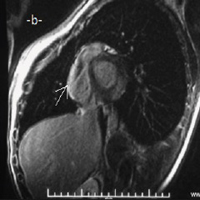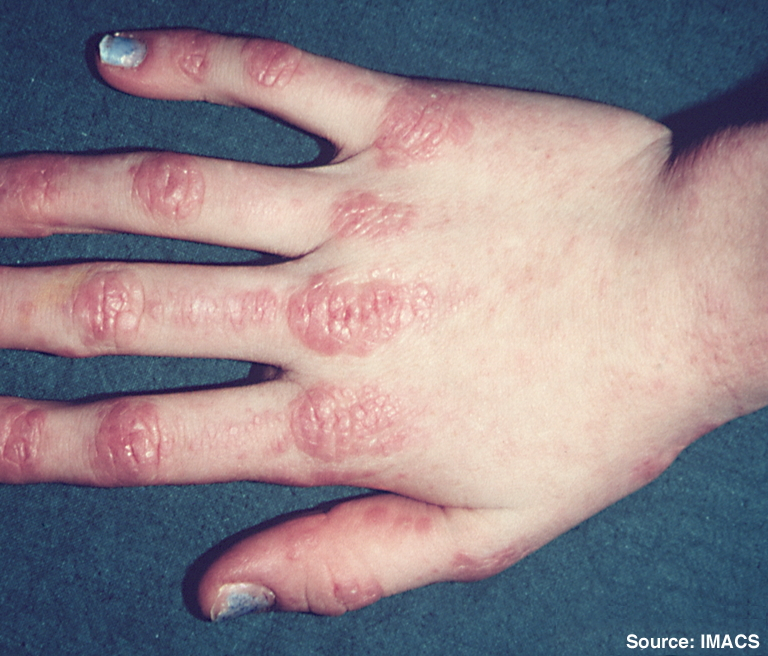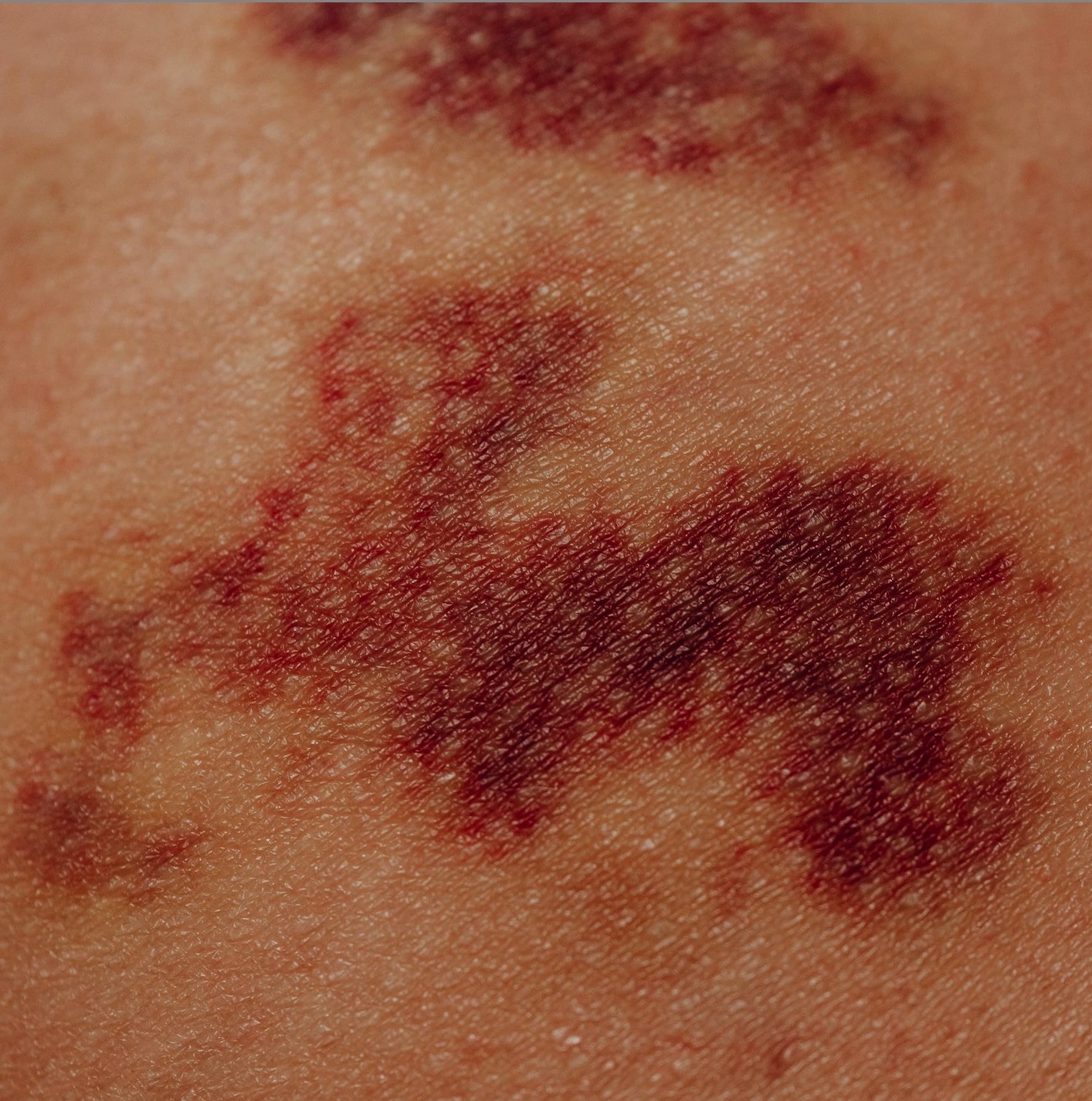Getting to the heart of the matter: diagnostic tools and therapeutic approach to cardiac involvement in Behçet syndrome A Tunisian case series

All claims expressed in this article are solely those of the authors and do not necessarily represent those of their affiliated organizations, or those of the publisher, the editors and the reviewers. Any product that may be evaluated in this article or claim that may be made by its manufacturer is not guaranteed or endorsed by the publisher.
Authors
The aim was to investigate the frequency and spectrum of cardiac involvement (CI) in patients with Behçet syndrome (BS) in the Tunisian context, and to assess the clinical and imaging features, treatment, and outcomes. We retrospectively retrieved the medical records of patients with CI among 220 BS patients admitted to the hospital internal medicine department between February 2006 and April 2019, who fulfilled the International Study Group diagnostic criteria for BS. Ten patients (8 men, 2 women) were eligible for the study. Mean age was 37.3 years. Three patients had 2 isolated episodes of cardiac BS. The different types of CI were coronary artery disease (5/10), intracardiac thrombus (4/10), pericarditis (1/10), myocarditis (1/10), and myocardial fibrosis (1/10). Five patients had associated vascular involvement (50%). Medical treatment was based on corticosteroids and colchicine in all patients (100%), anticoagulants in 8 (80%), and cyclophosphamide followed by azathioprine in 9 (90%). The clinical course was favorable in 9 patients; 1 patient died. CI remains an important feature of BS because of its association with increased risk of mortality and morbidity. Therefore, early screening and detection with imaging methods are paramount. Also, better cooperation between rheumatologists and cardiologists could improve outcomes.
How to Cite
PAGEPress has chosen to apply the Creative Commons Attribution NonCommercial 4.0 International License (CC BY-NC 4.0) to all manuscripts to be published.












